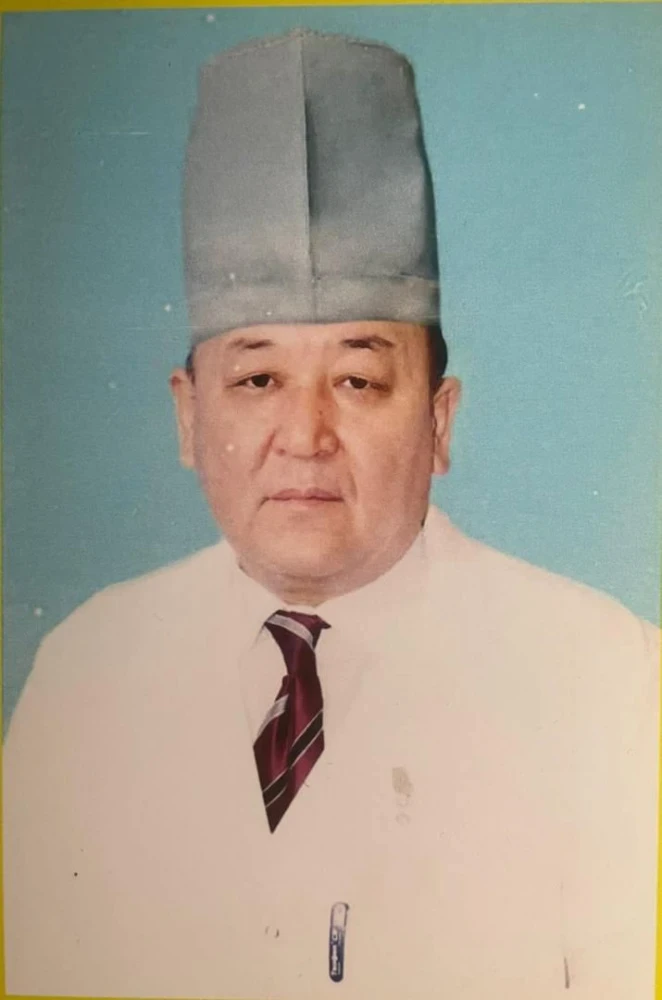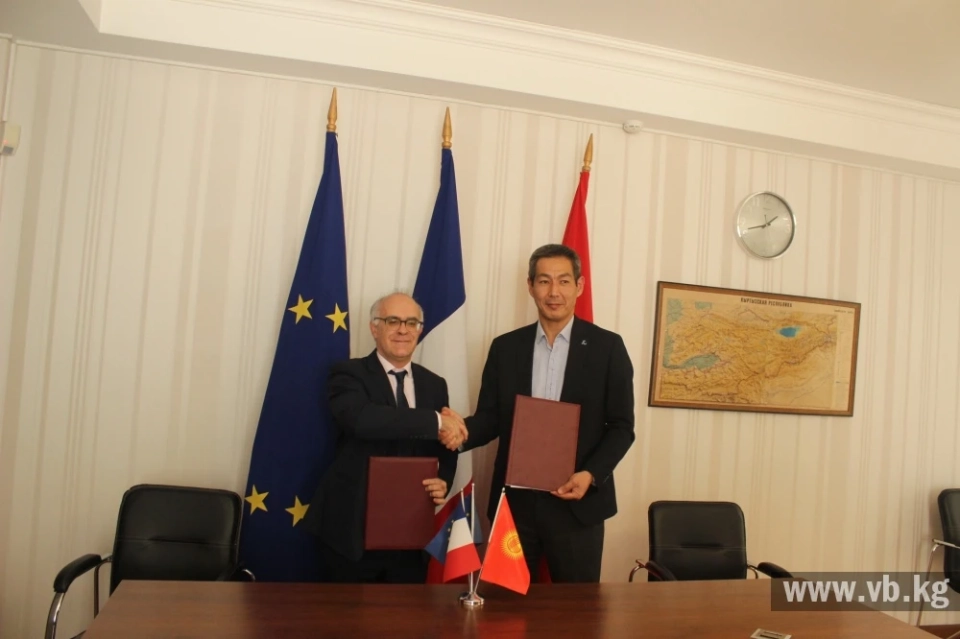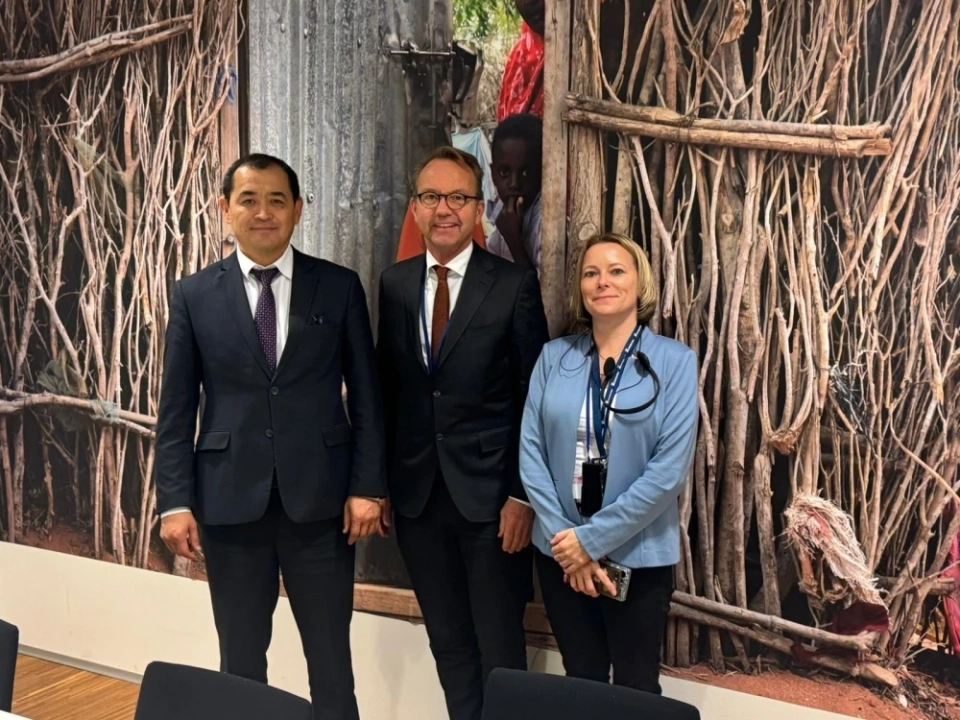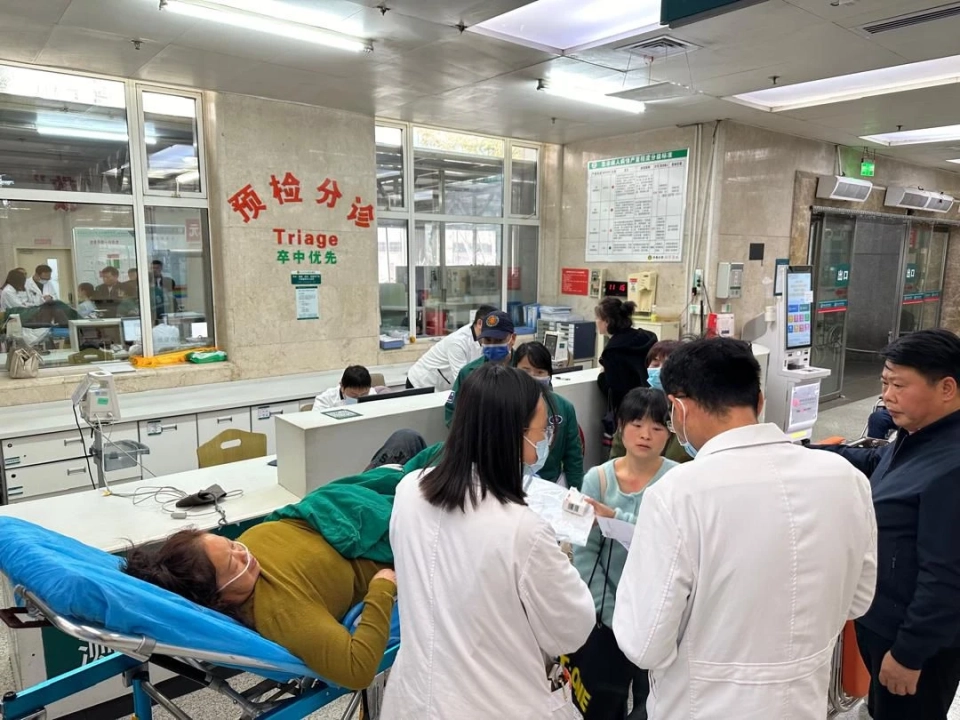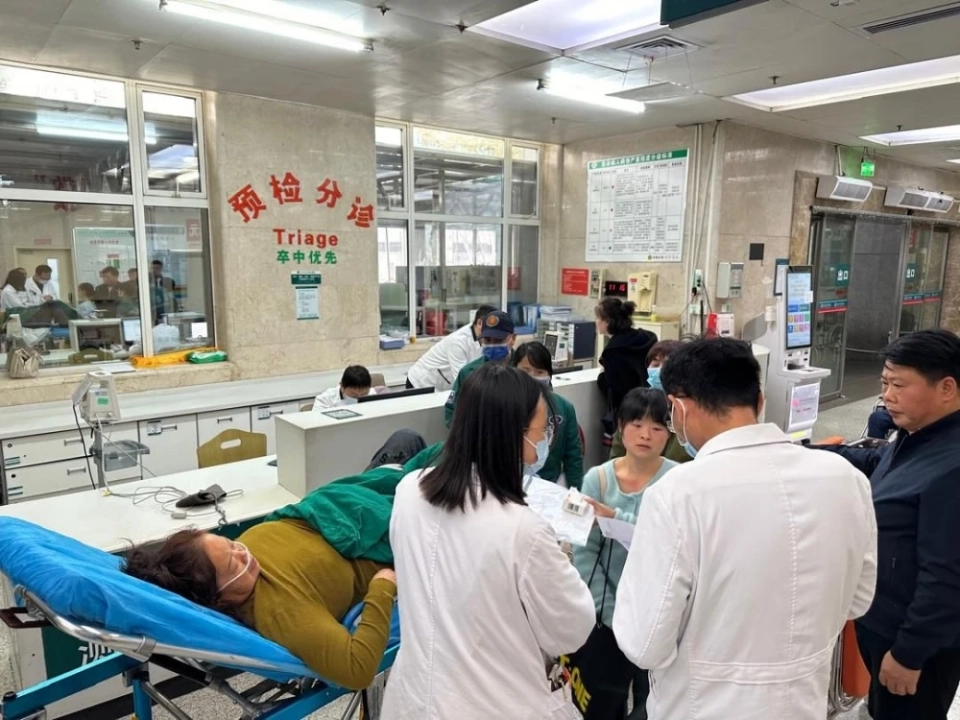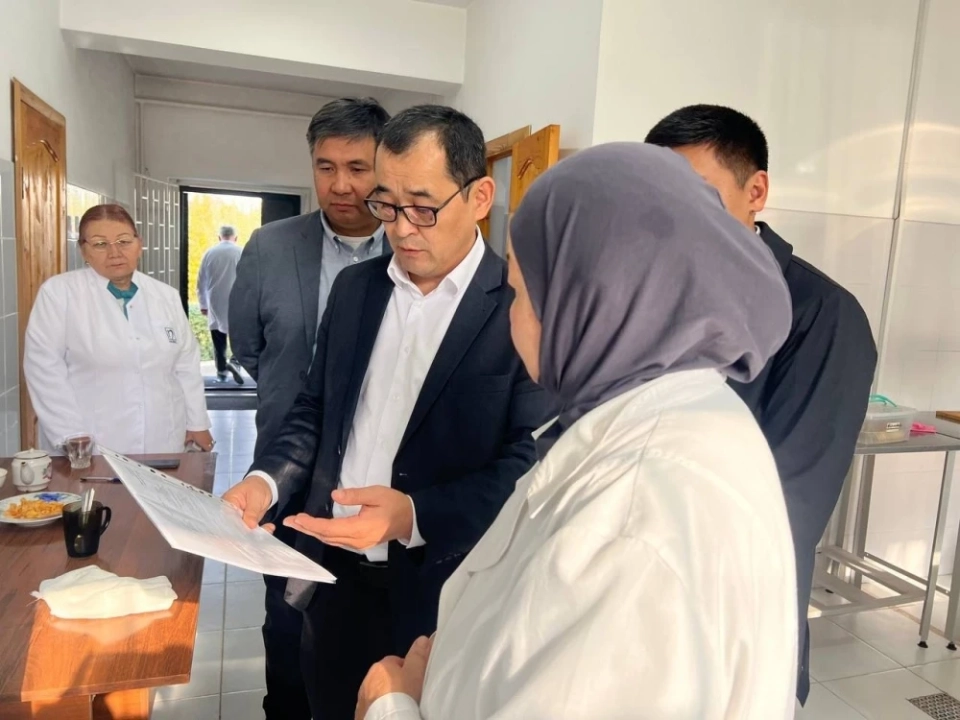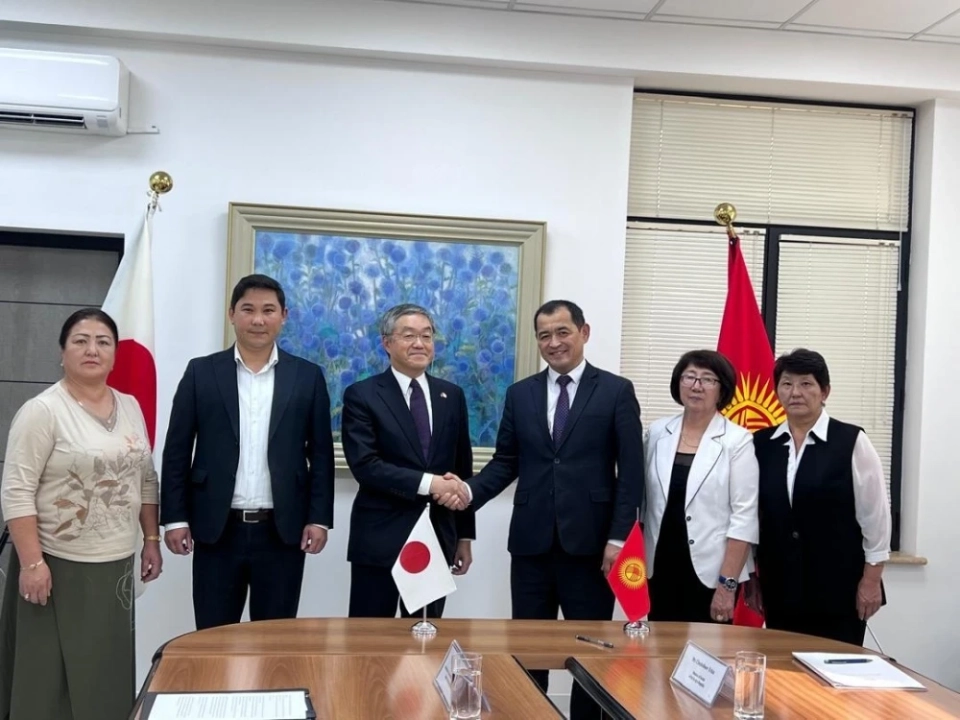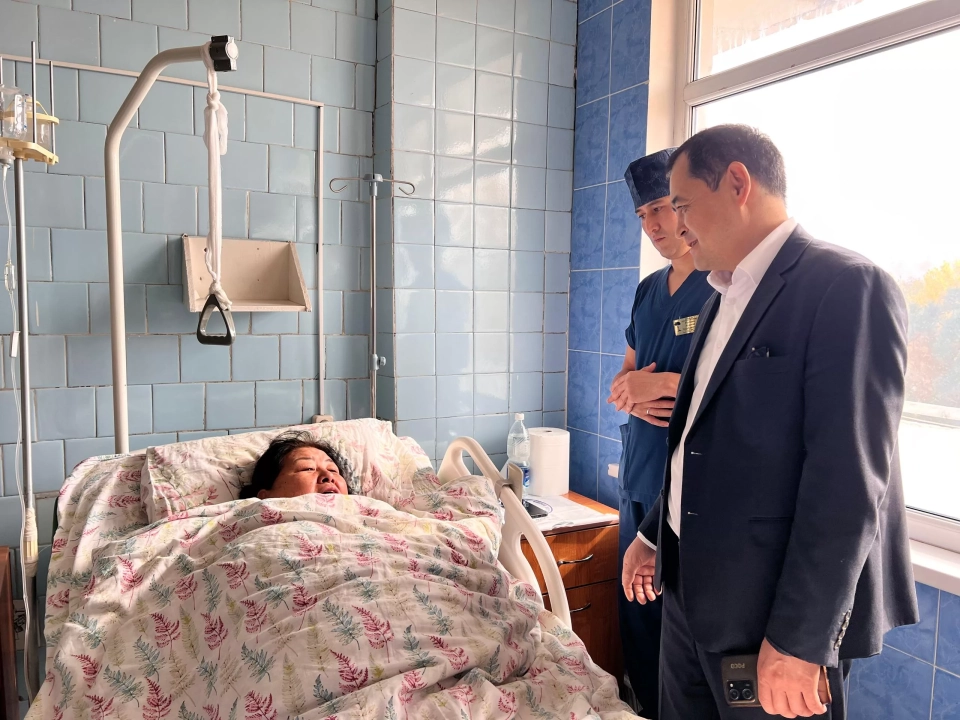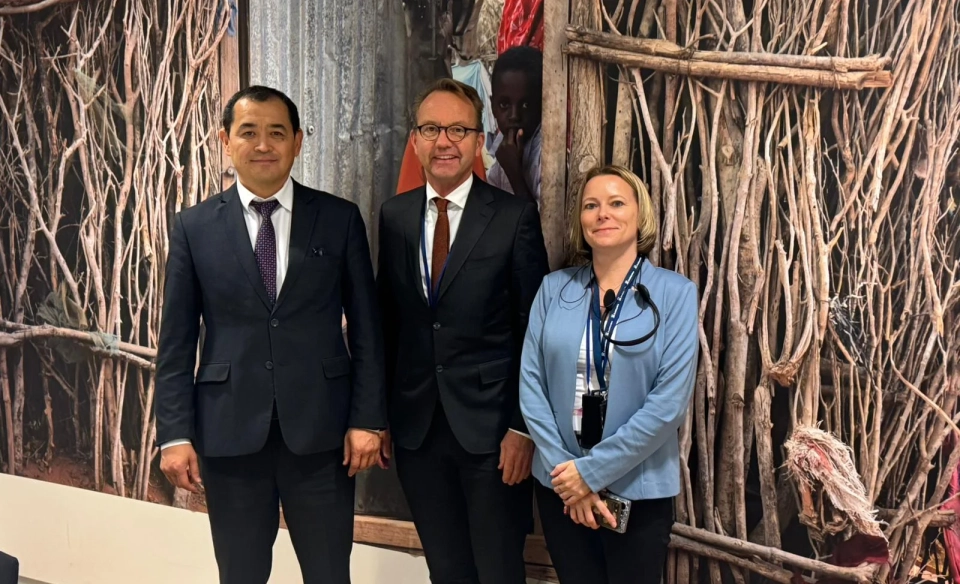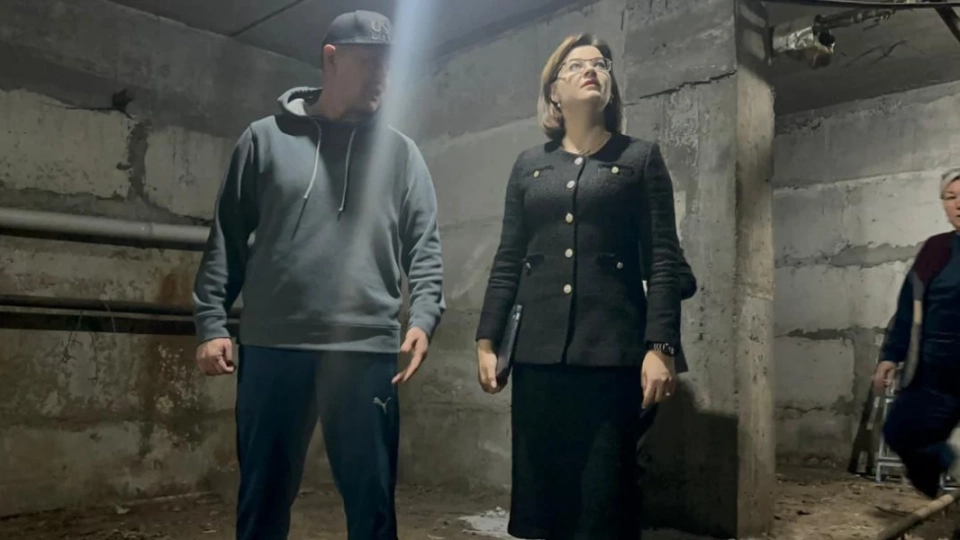In response to systemic issues, doctors have created the Association of Family Medicine of Kyrgyzstan to protect the interests of their colleagues and restore the prestige of the profession, which is essential for the development of the entire healthcare system. The editorial team of Kaktus.media spoke with Nurlan Brimkulov, a professor at the Department of Family Medicine and a board member of the Association, about the current state of affairs in family medicine. Here are the key points from the interview.
Family doctors face image problems. Many still believe that if someone works in this field, it means they were not accepted into more prestigious departments.
The situation is exacerbated by the lack of attention from the government, leading to a crisis in the healthcare system. However, according to the professor, the problem concerns the entire system as a whole.
Health Minister Erkin Checheybaev demonstrates a competent and bold approach by openly discussing the low salaries of medical workers, the need to increase insurance contributions, and co-payments in hospitals. His candid statements may not please everyone.
- I believe that most people support the idea of increasing doctors' salaries, but not everyone is willing to do so at the expense of their modest incomes.
- The problem is that the data on payments of 5.44-7.55% is variable. According to WHO information, 50% of these funds come from citizens' out-of-pocket expenses. If the state does not fund the system, people often have to sell their belongings when faced with serious illnesses. For example, in Germany and the USA, there are also personal expenses, but they account for only 5-10%. Thus, in Kyrgyzstan, the healthcare system is effectively funded by private means.
When the state does not allocate sufficient funds, people are willing to give their last money to survive.- In my opinion, shadow payments are more related to hospitals than to the primary level.
- Why do patients end up in hospitals with serious problems? Because there is no proper prevention at the primary level. Our patients come only when they really need help. Prevention is practically not carried out because the family doctor must receive a decent salary and have normal working conditions.
- Let them increase salaries and create conditions. How will prevention be organized at the primary level then?
- This is a rather complex question. Currently, we plan to implement the experience of Kazakhstan. We have already been there, and they have received many delegations, including ministers and deputies. I will briefly explain how their multidisciplinary team is organized. It includes a family doctor and three nurses, for whom funding and necessary resources are allocated. There is also a psychologist, a social worker, and a midwife working part-time. It is not just one family doctor.
Unlike Kyrgyzstan, where one family doctor works under overloaded conditions, in Kazakhstan, the work is organized so that the medical worker at the entrance immediately sorts patients. For example, if someone comes for a prescription, they can go to the nurse. If a vaccination is needed, they go to the procedure room.
If another patient, for example, wants to quit smoking, they go to a specialized prevention office where a nurse works. And if a patient wants to see a doctor, the medical worker checks their availability. In Kazakhstan, nurses are trained so that patients approach them rather than the doctor, as they know their nurses better, who are always available and can explain everything.
One of the nurses is responsible for home visits. As a result, 50-60% of patients receive help from nurses without seeing a doctor, while those who need medical assistance are referred to the doctor.
- Why are a psychologist and a social worker needed?
- For example, if a woman comes to the doctor with complaints of high blood pressure, it turns out that she has family problems. Then the psychologist and social worker get involved to resolve the situation. The social worker can help find housing or arrange for the children to go to kindergarten. As a result, the woman returns, and her blood pressure normalizes as the sources of stress are eliminated. If we just prescribe medication, the root cause will not be addressed.
Compare the Kazakh family doctor with ours, who works without a team. We are supposed to have two nurses, but often there isn't even one. Salaries in Kazakhstan are significantly higher. We learned that family doctors there earn about a thousand dollars.
In one of the family medicine centers, a doctor mentioned that she is from Bishkek and works there, living in a dormitory during the weekdays and returning home on weekends. She noted that there are a few doctors from Kyrgyzstan among them.
Salary is just part of the problem. Conditions are also necessary. For example, for a nurse to calmly receive patients, she needs an office and a minimal set of tools for measuring blood pressure and so on. We visited a large family medicine center in a village with 21 rooms, allowing each nurse to work in her own office, interacting with patients without unnecessary distractions. This led to an increase in the number of visits by nurses. In Kazakhstan, the training of medical workers is at a high level.
In Kyrgyzstan, there is also talk about the need to raise the status of nurses so that they can conduct appointments. A pre-medical consultation room has been created where three nurses work, but in fact, they cannot provide quality appointments due to the high patient flow. Even family doctors work on a schedule, and nurses are assigned in the same manner.
There are simply no psychologists in our system. There are psychiatrists, whom people are afraid to approach.
Thus, in Kazakhstan, family doctors are relieved: they can focus on treating those patients who truly need medical assistance. In one doctor's team, there are almost five or six people, all trained and equipped with access to well-equipped offices for calm communication with patients.
Representatives of the Ministry of Health of Kyrgyzstan have familiarized themselves with Kazakhstan's experience and are now planning to implement similar practices at Family Medicine Center No. 6. This is a positive step, but more resources, including financial ones, are needed. It should also be noted that there are no psychologists and social workers in our healthcare system. I fear that family doctors will simply have their workload increased. If we do not resolve the issues of salaries and work conditions, the last doctor will also leave. As I mentioned, there are no psychologists in the Ministry of Health system.
There are plans to launch a pilot project.- Let's return to the creation of the new Association of Family Medicine of Kyrgyzstan. What are its main goals?
- The new Association of Family Medicine of Kyrgyzstan (AFMK) has united family doctors, nurses, and representatives of the scientific community, including teachers from the Departments of Family Medicine of the I.K. Akhunbaev Kyrgyz State Medical Academy and the S.B. Daniyarov Kyrgyz State Medical Institute for Postgraduate Education.
Asel Tenizbaeva, a well-known healthcare organizer and director of Family Medicine Center No. 6 in Bishkek, has been elected as the chairperson of the board. Gulnara Sydygalieva, a family doctor with extensive experience and head of the Family Health Center from the village of Lenin in the Chui region, who previously led the Association of Family Doctors (AFD), has been elected as the deputy chairperson. The board of the association also includes representatives from practical healthcare from all regions of Kyrgyzstan, heads of family medicine departments, and young specialists.
The association is the successor to the organization "Family Medicine Without Borders," which primarily united teachers and clinical residents of family medicine and made a significant contribution to training personnel, organizing conferences, and promoting scientific research in primary healthcare.
The updated Association of Family Medicine of Kyrgyzstan intends to significantly expand its influence on the healthcare system, raise the status of family doctors and nurses, and return attention to the fundamental role of the primary level, as mentioned in the Alma-Ata (1978) and Astana declarations (2018) on primary healthcare.
The association has already begun its activities. It focuses on supporting all initiatives for the development of family medicine, educational activities, organizing conferences and congresses, certifying doctors, providing legal and psychological assistance to young specialists, and developing international ties.
The primary level is the foundation of healthcare, and family medicine is a key element of this level. However, this should be not only in words but also in practice. It is important for medical professionals to have interest and understanding of their significance.
We hope to change the situation for family doctors, improve working conditions, attitudes towards them, and implement best practices. But I fear that without government support and increased healthcare funding, it will be difficult to achieve changes. The association is not capable of solving these issues. Without government assistance, the situation will only worsen. We may reach a point where new hospitals are built and equipment is purchased, but there will simply be no specialists left.



